Investment confidence in large scale hybrid solar and battery energy storage project system (BESS) development is clear-cut given over 50% of 20 successful Capacity Investment Scheme (CIS) National Electricity Market (NEM) Generation Tender 4 bids are for hybrid solar storage projects.
Drawing 84 bids representing 25.6 GW, more than four times the Tender’s 6 GW target, 12 of the 20 projects have a combined storage capacity of 3.5 GW / 11.4 GWh or enough to support the peak load of over 2.6 million households for four hours.
CIS NEM Generation Tender 4 will be supplied by 11 solar and BESS hybrid project totalling over 3.4 GW of capacity, one 281 MW solar-only project, seven wind projects with over 2.5 GW capacity, and one 104 MW / 217 MWh wind/battery project.
Federal Minister for Climate Change and Energy Chris Bowen said the CIS continues to be popular and competitive, delivering cheaper, cleaner and more reliable energy for all Australians for years to come.
“We are rebuilding Australia’s energy grid to make it modern, reliable and fair and attracting global interest in our wind and solar,” Bowen said.
“The scheme is not only delivering clean power, but also creating thousands of high quality jobs, often in remote and rural areas, and opportunities to train the next generation of engineers, electricians and tradespeople who will build our energy future.”
The biggest winner was New South Wales (NSW)-headquartered Edify Energy, acquired by Canadian investment group La Caisse in September 2025, which won three solar BESS project tenders, both Queensland based and each 300 MW / 1,200 MWh, the Guthrie’s Gap and Smoky Creek solar power stations.
Edify also won a tender for a solar plus battery project in Victoria, for the 300 MW 1,200 MWh Nowingi Solar Power Station.
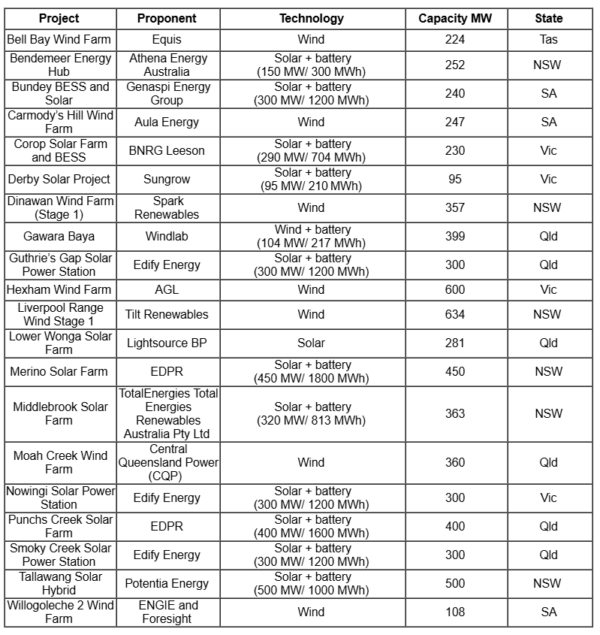
Image: Australian Department of Climate Change, Energy, the Environment, and Water
Spain-headquartered developer Energias de Portugal Renewables (EDPR) won two solar battery bids for its 450 MW / 1,800 MWh Merino Solar Farm in NSW, and 400 MW / 1,600 MWh Punchs Creek Solar Farm located 64 kilometres southwest of Toowoomba, Queensland.
Winners of single bids for solar BESS projects included Sydney-based developer Potentia Energy for its 500 MW / 1,000 Tallawang Solar Hybrid in NSW and France-headquartered TotalEnergies for its 363 MW / 813 MWh Middlebrook Solar Farm, located 22 kilometres south of Tamworth.
Potentia Energy Chief Executive Officer Werther Esposito said the company is delighted its Tallawang Solar Hybrid project bid was successful.
“Once operational, Tallawang will generate 500 MW of solar energy and provide 500 MW / 1,000 MWh of storage, making it one of the biggest hybrid projects in NSW,” Esposito said.
“Renewable Energy Zones are set to be the beating heart of Australia’s move to clean energy and the CIS is critical to accelerating this national transition. Potentia Energy is delighted and proud to play a major role.”
NSW-based Athena Energy Australia and Genaspi Energy Group (GEG), Ireland’s BNRG Leeson and China’s Sungrow, were also successful bidders for individual solar BESS projects.
The largest of these is GEG’s 300 MW / 1,200 MWh Stage 1 Bundey BESS and Solar in South Australia (SA), with the final aim to develop a 1,200 MW / 3,900 MWh BESS and 900 MW solar farm and will link to the Project Energy Connect to supply SA, NSW and Victoria.
Of the 20 successful bids, one is for a solar-only project in Queensland, the 281 MW Lightsource BP Lower Wonga Solar Farm near Gympie, 174 kilometres north of Brisbane, but will include an adjacent BESS facility.
As well, the projects represent $600 million (USD 395 million) in local benefits, having committed an estimated $291 million in shared community benefits and $348 million in First Nations benefits.
Three projects include First Nations revenue sharing agreements, while others have committed to First Nations subcontracting, training and workforce development.
Developers will have further opportunities with CIS Tender 7, targeting 5 GW of NEM generation capacity, now open for registrations and bids from 14 October 2025, followed by the next dispatchable capacity round in late November.
*
Updated 1.10pm, 9/10/25, to include content from Potentia Energy.
This content is protected by copyright and may not be reused. If you want to cooperate with us and would like to reuse some of our content, please contact: editors@pv-magazine.com.
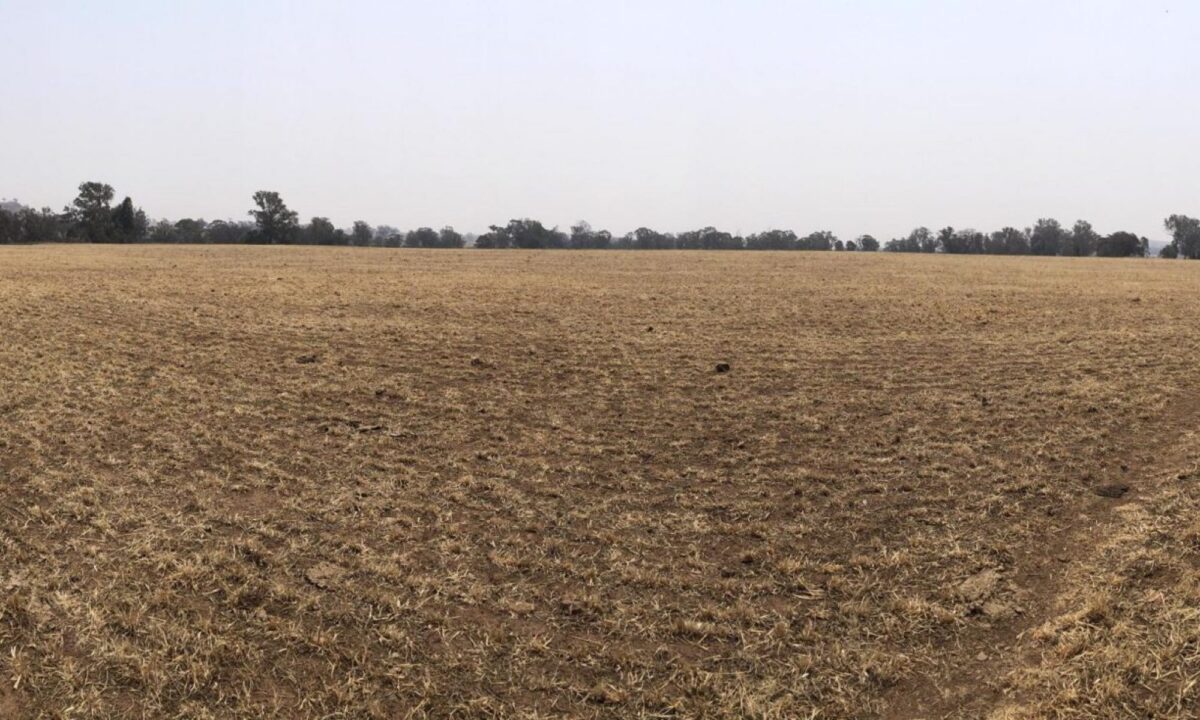
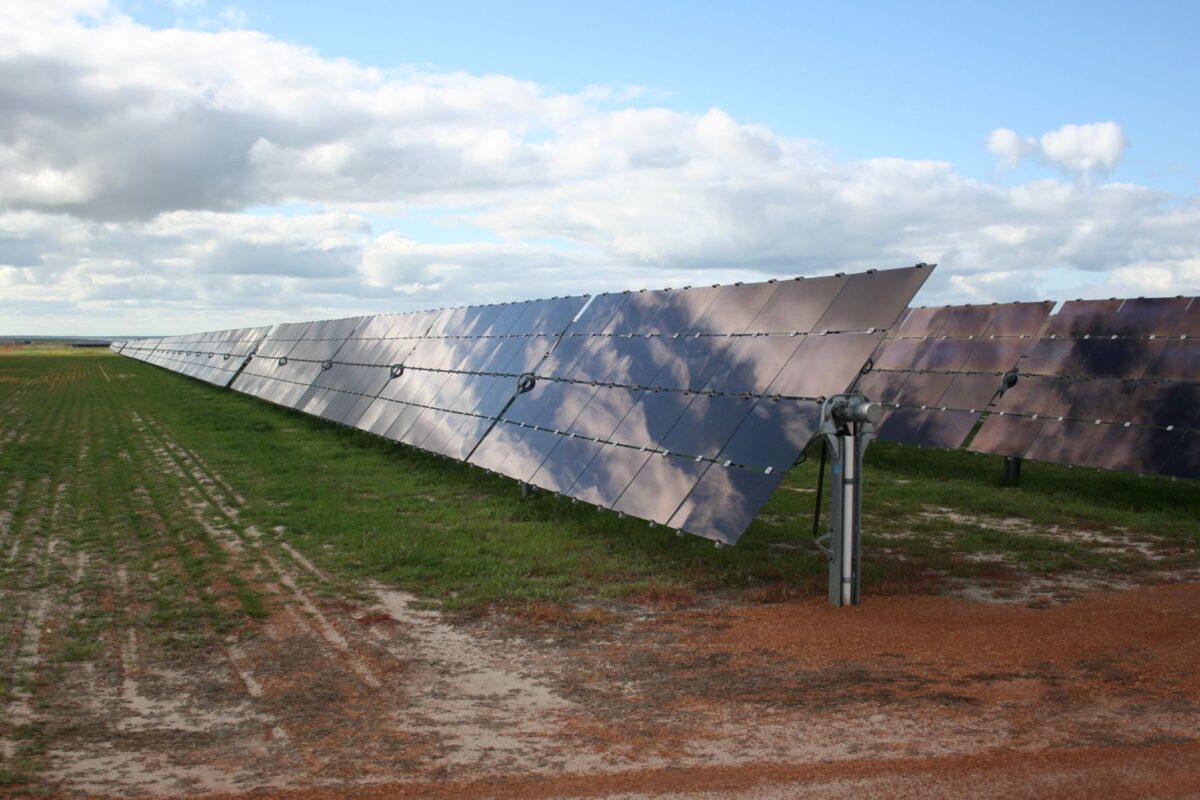


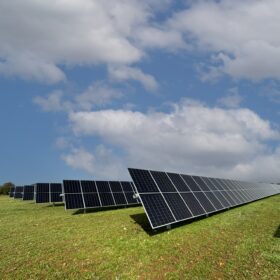
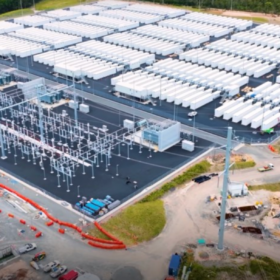
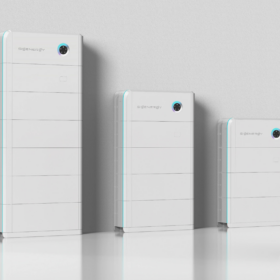
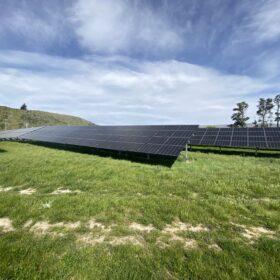

3 comments
By submitting this form you agree to pv magazine using your data for the purposes of publishing your comment.
Your personal data will only be disclosed or otherwise transmitted to third parties for the purposes of spam filtering or if this is necessary for technical maintenance of the website. Any other transfer to third parties will not take place unless this is justified on the basis of applicable data protection regulations or if pv magazine is legally obliged to do so.
You may revoke this consent at any time with effect for the future, in which case your personal data will be deleted immediately. Otherwise, your data will be deleted if pv magazine has processed your request or the purpose of data storage is fulfilled.
Further information on data privacy can be found in our Data Protection Policy.